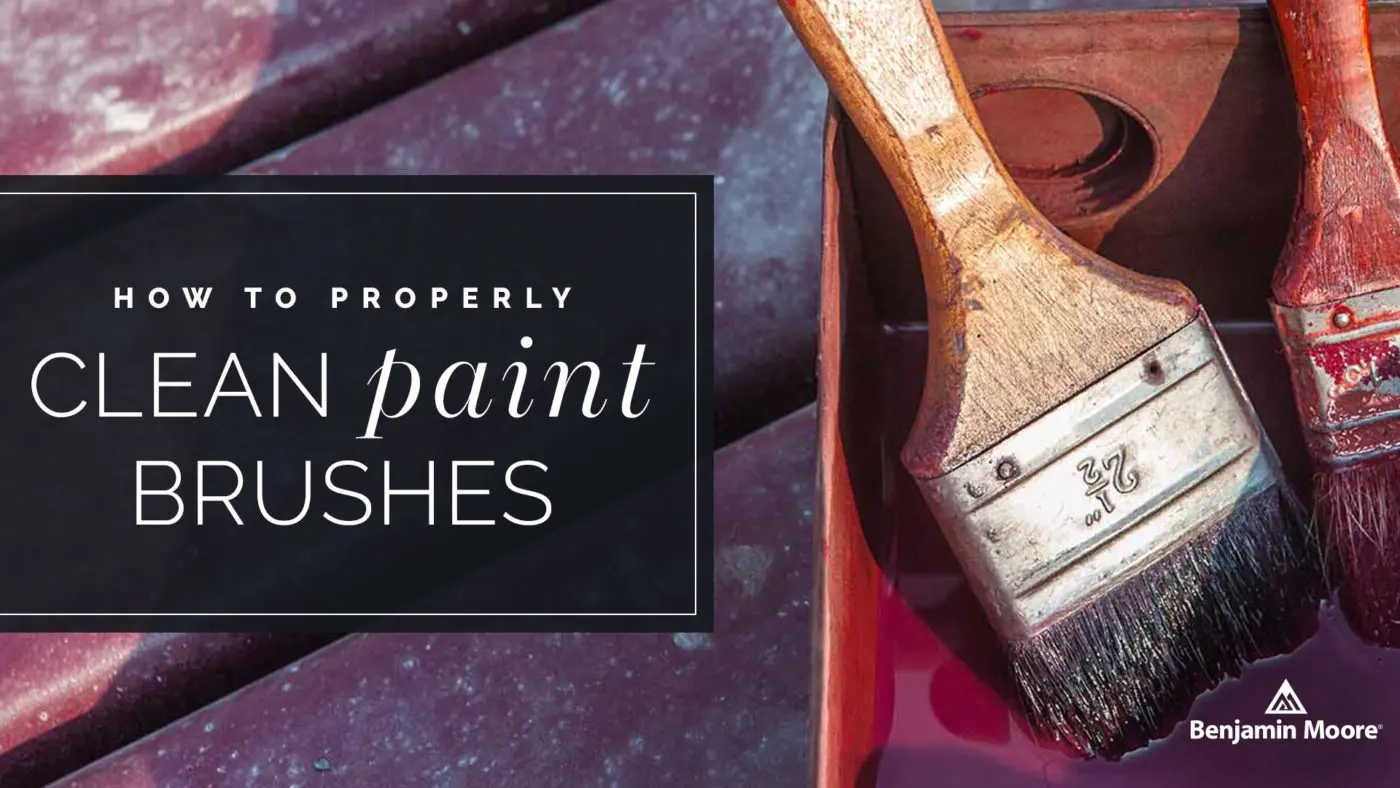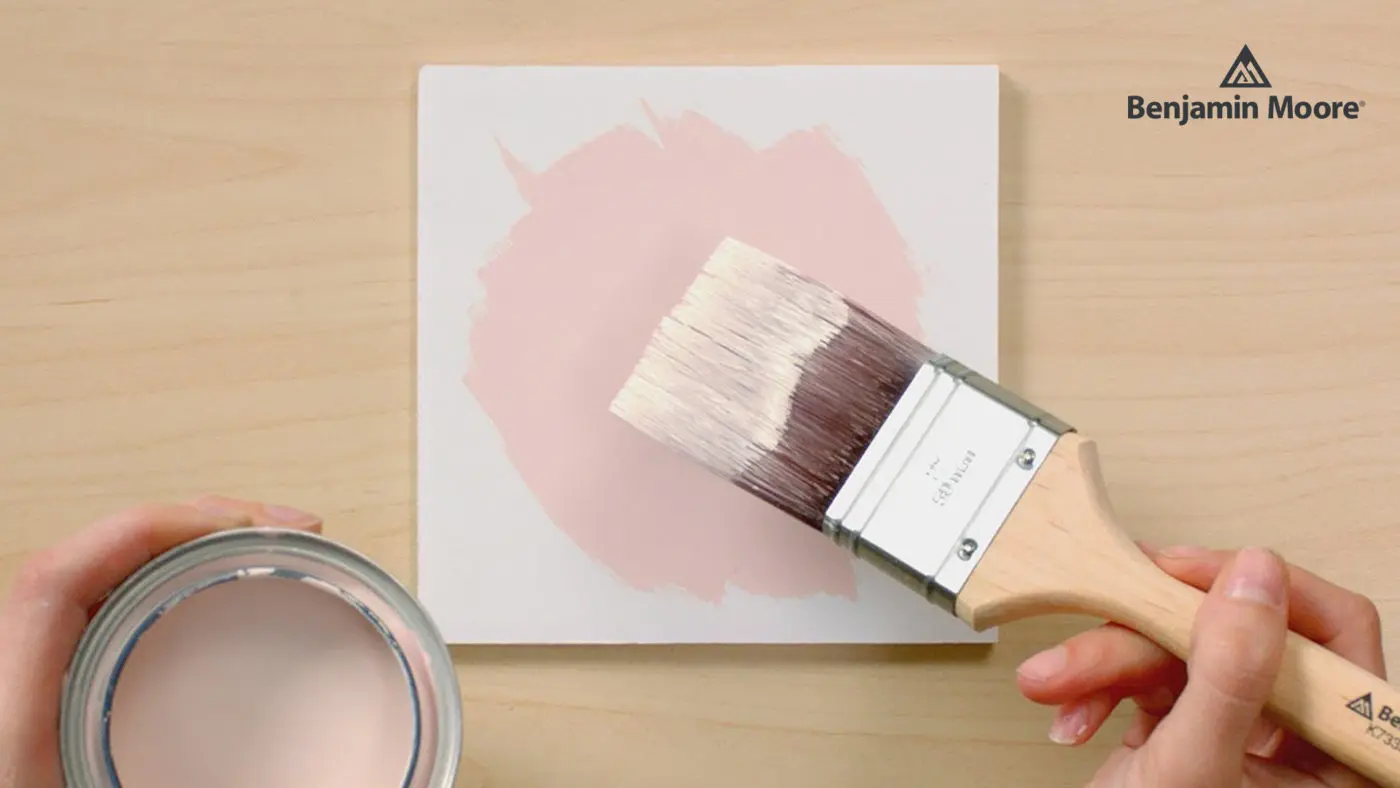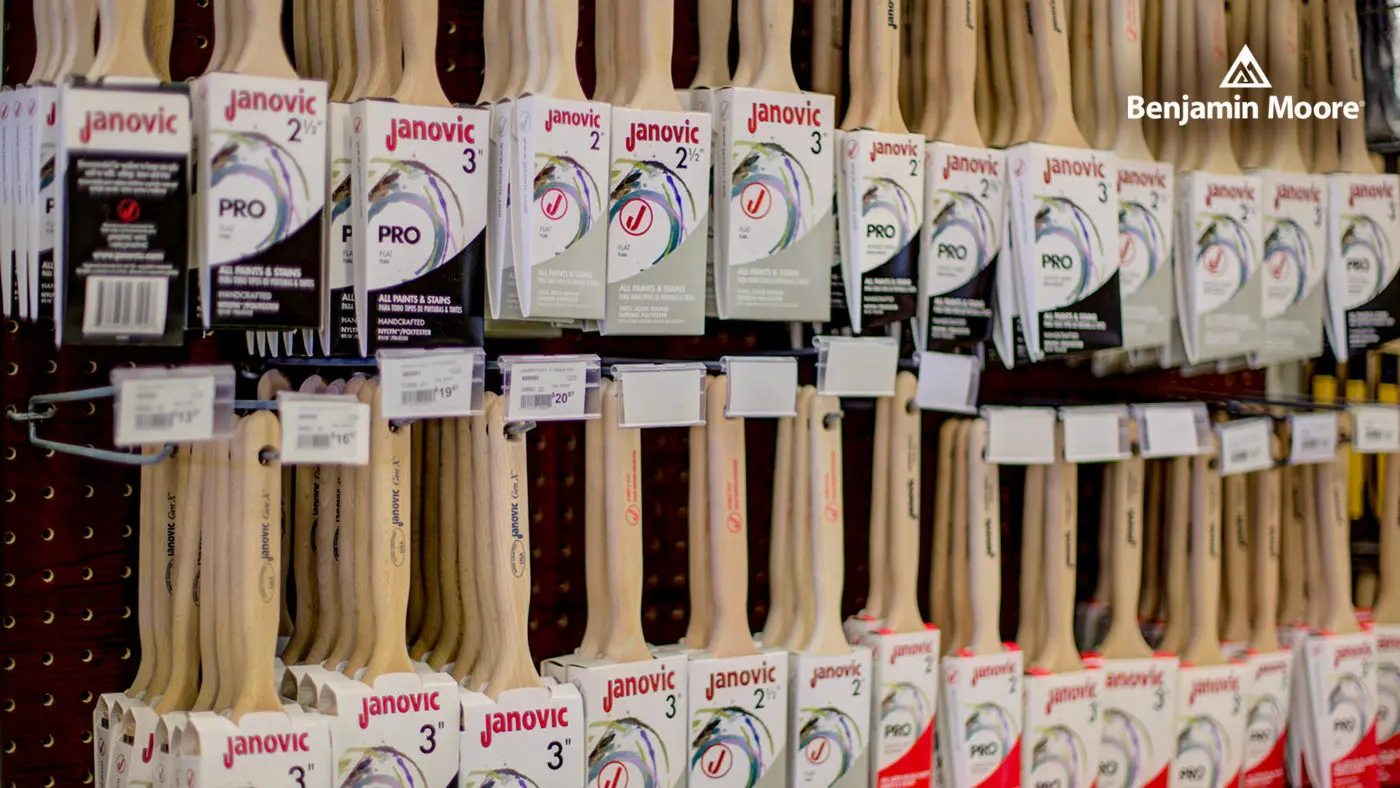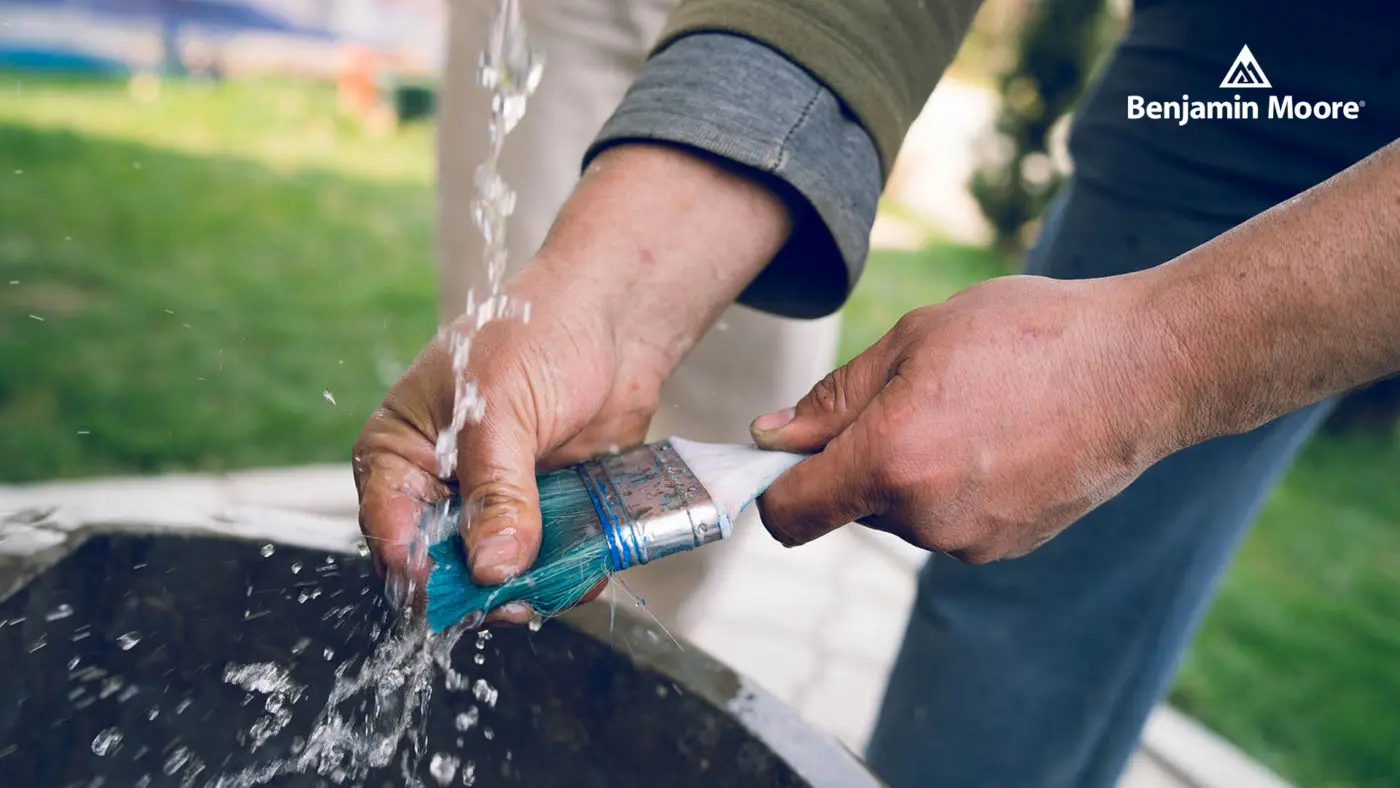
Learn How to Clean Brushes Used for Oil-Based, Acrylic & Latex Paint
When you invest in painting tools, it’s logical to want to preserve them for future use. You never know when you may be tackling another interior or exterior painting project – so why throw away used paint brushes? If properly cared for, paintbrushes can last for years, especially if the brushes and applicators you purchase are well made and high quality.
Your first instinct may be to simply run your paintbrushes under water after you’re done with them. Trust that instinct! Most types of latex or acrylic paint can be rinsed away with a bit of soap and water in the sink. However, oil-based paint, specialty primers, epoxies, and stains typically require a chemical solvent for cleaning. And no matter what you’re cleaning off your brushes, there are a few important tips to follow to ensure they live a long and healthy life.
In this blog, we’ve outlined our preferred methods for cleaning and storing paint brushes and applicators. We’ll also explain how to clean up specific types of Benjamin Moore paint without making a mess out of your kitchen sink.
In the market for new painting tools and supplies? Shop Janovic online for everything you need to get the job done.
How to Clean Brushes Used with Acrylic or Latex Paint
Cleaning brushes used for acrylic or latex paint is fairly simple. Most interior paint falls under this category, including Benjamin Moore Aura® Interior Paint and Aura® Bath & Spa. However, keep in mind that some heavy-duty interior coatings may be oil-based (such as Benjamin Moore Coronado® Super Kote 5000 Alkyd).
Nowadays, the majority of exterior paint is also acrylic (as are some exterior primers). It’s less likely to crack and peel than oil-based exterior paint – and it’s easier to clean from your brushes! Examples sold here at Janovic include Benjamin Moore Aura® Exterior Paint and ben® Exterior Paint.
If you’re planning a painting project with latex or acrylic paint and aren’t sure if your old brushes are right for the job, we recommend looking for 100% polyester or blended nylon-polyester paint brushes. These are the most durable, standing up to tough-drying latex and acrylics, and they’re known to produce a high-quality finish. Click here to shop for paintbrushes online from Janovic.

Supplies:
- Newspaper
- Cleaning rags or an old towel
- A plastic bucket
- A wire comb or stainless steel brush cleaner
- Mild liquid dish soap
- Latex or rubber gloves (optional)
- Warm water
- Paint brushes, such as Janovic Angled Sash Solid Taper Brushes (great for interior edges) or Janovic Pro Flat Sash Brushes
Cleaning Process:
- First, scrape off any excess paint from your brush against the rim of your paint can. Then, take a few passes over the newspaper you’ve spread out over your cleaning surface. Try to wipe off as much paint as possible.
- Put on a pair of gloves and rinse the brush under warm running water with the bristles facing down. Use your fingers to massage the paint out of the bristles. Try not to let the water wash paint backward into the ferrule (base of the brush head).
- Rub in a drop or two of dish soap and continue to rinse until no soap remains.
- Use a stainless steel brush to very gently scrub off any remaining paint from the ferrule or handle. Use the wire comb to remove any remaining paint while still holding the brush under running water.
- Squeeze out water from the brush with your hands, being careful not to overbend or break any bristles. Then hold the brush over a bucket and, with the handle in between your two palms and bristles face-down, spin the brush to remove excess water.
- Lay the brush down on a rag and allow it to finish drying before storing it.
How to Clean Brushes Used with Oil-Based Paint, Polyurethane Stains, Epoxies, or Lacquer
Oil-based paint, such as Benjamin Moore Satin Impervo, is most often used for exterior surfaces, interior and exterior trim, doors, molding, and cabinetry. Its durability and superb adhesion make it great for painting difficult surfaces and holding up in damp conditions. It also offers better coverage than latex or acrylic in a single coat.
Cleaning paint brushes used for oil-based paint, epoxies, stains, and lacquers is a little bit trickier than cleaning up after water-based paint. You’ll need a special solvent in order to remove residue from your brushes; the type of solvent you use will depend on the type of paint or substance you need to remove.
For oil-based paint, it’s best to use mineral spirits (such as Recochem Odorless Mineral Spirits) or turpentine to clean your brushes. For epoxy resin, use acetone or denatured alcohol – but be very careful to protect yourself with gloves and dispose of solvents safely. For polyurethane, use mineral spirits or paint thinner. And, of course, clean lacquer brushes with lacquer thinner.

Supplies:
- A small amount of solvent appropriate for the type of paint, stain, or primer used (see above)
- A funnel and an empty container to dispose of used solvent
- Cleaning rags
- Newspaper
- Latex or rubber gloves
- A small plastic container (just large enough to accommodate one brush at a time)
- A medium container or tub for scrubbing (such as an old Tupperware container)
- A plastic bucket
- A wire comb or stainless steel brush cleaner
- Check out our blog for Five Painting Tools to Make Painting Easier
Cleaning Process:
- First, scrape off any excess paint from your brush against the rim of your paint can. Then, take a few passes over the newspaper you’ve spread out over your cleaning surface. Try to wipe off as much paint as possible.
- Put on your gloves. Fill one of your small containers with just enough solvent to saturate your brush head (only a few tablespoons). Dip the brush into the solvent and bend the bristles back and forth, thoroughly soaking them in the solvent.
- Place your brush in the other shallow tub and use your stainless brush to gently scrub away excess paint from the brush handle or ferrule. Use the wire comb to clear out the bristles.
- Empty the dirty solvent from the first container you used into your refuse container (via funnel if needed).
- Repeat steps 2 through 4 until the brush is almost completely clean.
- Rinse the brush under warm water until no more paint is visible.
- Squeeze out excess water from the brush with your hands, being careful not to overbend or break any bristles. Then hold the brush over the bucket and, with the handle in between your two palms and bristles face-down, spin the brush to remove excess water.
- Lay the brush down on a rag and allow it to finish drying before storing it.

General Paint Brush Care
When you get started with a paint job, be aware of how much paint you’re loading onto your brush. Don’t overdo it: Only two fingers’ width of paint is necessary for a smooth, even brush stroke. Never submerge your entire brush head into a tray or can of paint.
Always clean your brushes immediately after you finish painting, while they’re still wet. And if you need to take a break (even if it’s just 15 minutes for lunch) during a painting project, clean your brushes then, as well. Even a few minutes of drying time is enough to damage a brush and make it more difficult to clean.
The way you store your paint brushes is just as important as how you clean them. Never, ever hang paintbrushes with the bristles facing up! Any diluted paint left in the bristles will sink down into the heel and ferrule of the brush, ultimately damaging the bristles. Instead, store brushes laying flat or hung with the bristles facing down.




